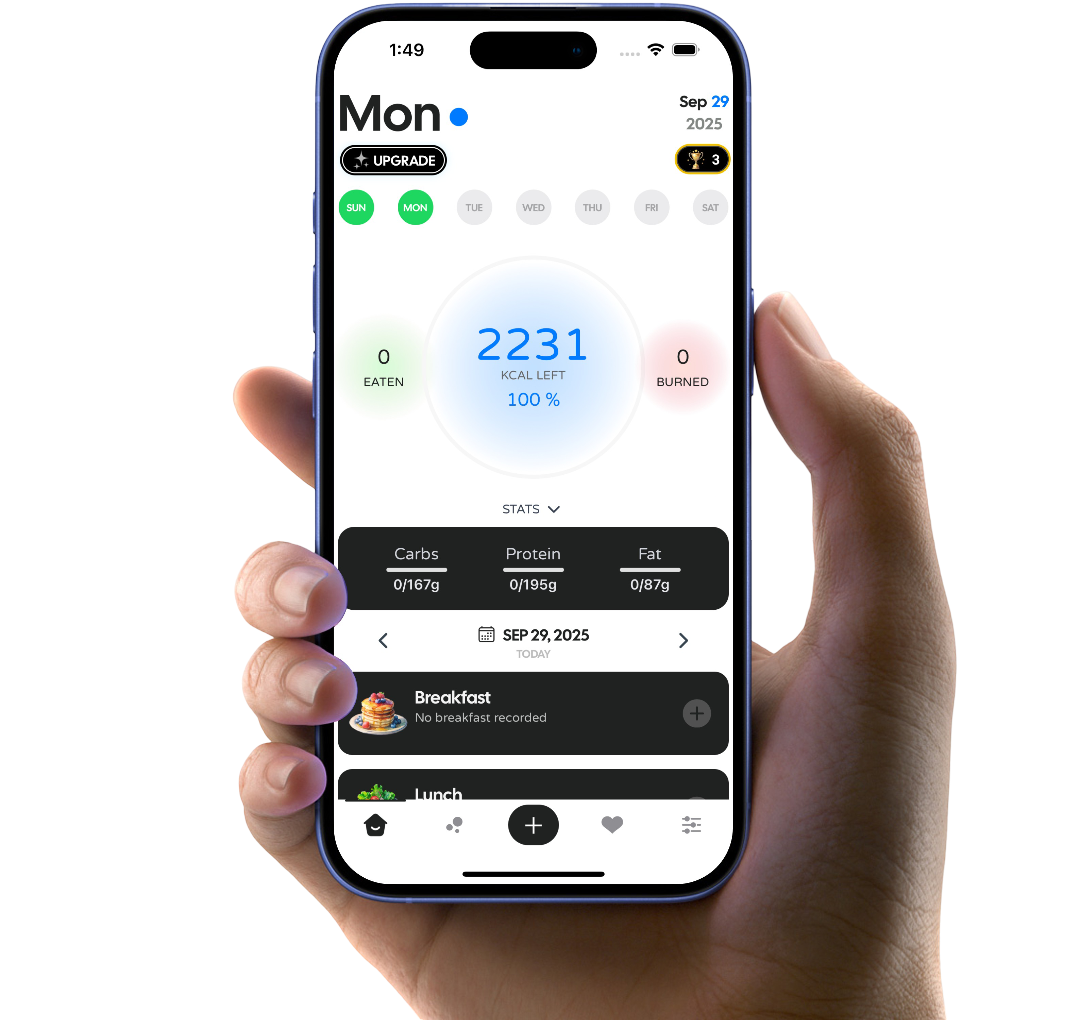Introduction
Understanding your menstrual cycle and ovulation is crucial for family planning. Our Ovulation Calculator helps you estimate your ovulation date and fertile window based on the first day of your last menstrual period and your average cycle length. This tool is designed to assist you in tracking your fertility, whether you're planning to conceive or simply monitoring your cycle.
Understanding Ovulation and Conception
Human ovulation involves the release of mature eggs from ovarian follicles. Typically, this happens around the midpoint of a menstrual cycle, approximately 14 days before the next period starts. The most fertile phase usually falls between Days 10 and 18 of the cycle. This phase is crucial for conception as an egg can only be fertilized within 12 to 24 hours after its release. Sperm can survive inside a woman’s body for up to five days, making regular intercourse during this window essential for increasing the chances of pregnancy. If fertilization occurs, the egg implants itself in the uterus 6 to 12 days later; otherwise, menstruation follows, expelling blood and tissue from the uterine lining.
Predicting Ovulation
Many individuals aim to predict their ovulation dates to enhance their chances of conceiving. Various methods are commonly employed for this purpose.
Tracking Menstrual Cycles
One effective method is tracking menstrual cycles. For those with regular cycles, particularly around 28 days, determining the fertile window (Days 10-18) becomes straightforward. However, women with irregular cycles may need additional tracking tools to accurately identify their ovulation periods. Keeping a menstrual calendar helps establish cycle regularity. Irregular cycles might necessitate alternative prediction methods for better accuracy.
Monitoring Basal Body Temperature
Another approach involves monitoring basal body temperature (BBT), which refers to the lowest temperature recorded upon waking. BBT typically drops just before ovulation and rises slightly thereafter. Tracking BBT over several months can offer insights into ovulation timing. Nevertheless, factors like illness or infections can influence BBT readings, potentially reducing their reliability for predicting ovulation.
Using Ovulation Kits
Over-the-counter ovulation tests are another popular option. These kits detect surges in specific hormones that precede ovulation by 24 to 48 hours. While highly accurate in identifying hormonal spikes, they cannot pinpoint the exact moment of ovulation within this timeframe. Most tests measure luteinizing hormone (LH) levels, which trigger ovulation when elevated. Some advanced kits analyze changes in estrogen levels in saliva or salt concentrations in sweat, providing earlier indications of impending ovulation. This requires consistent tracking to establish baseline levels for more precise predictions.






